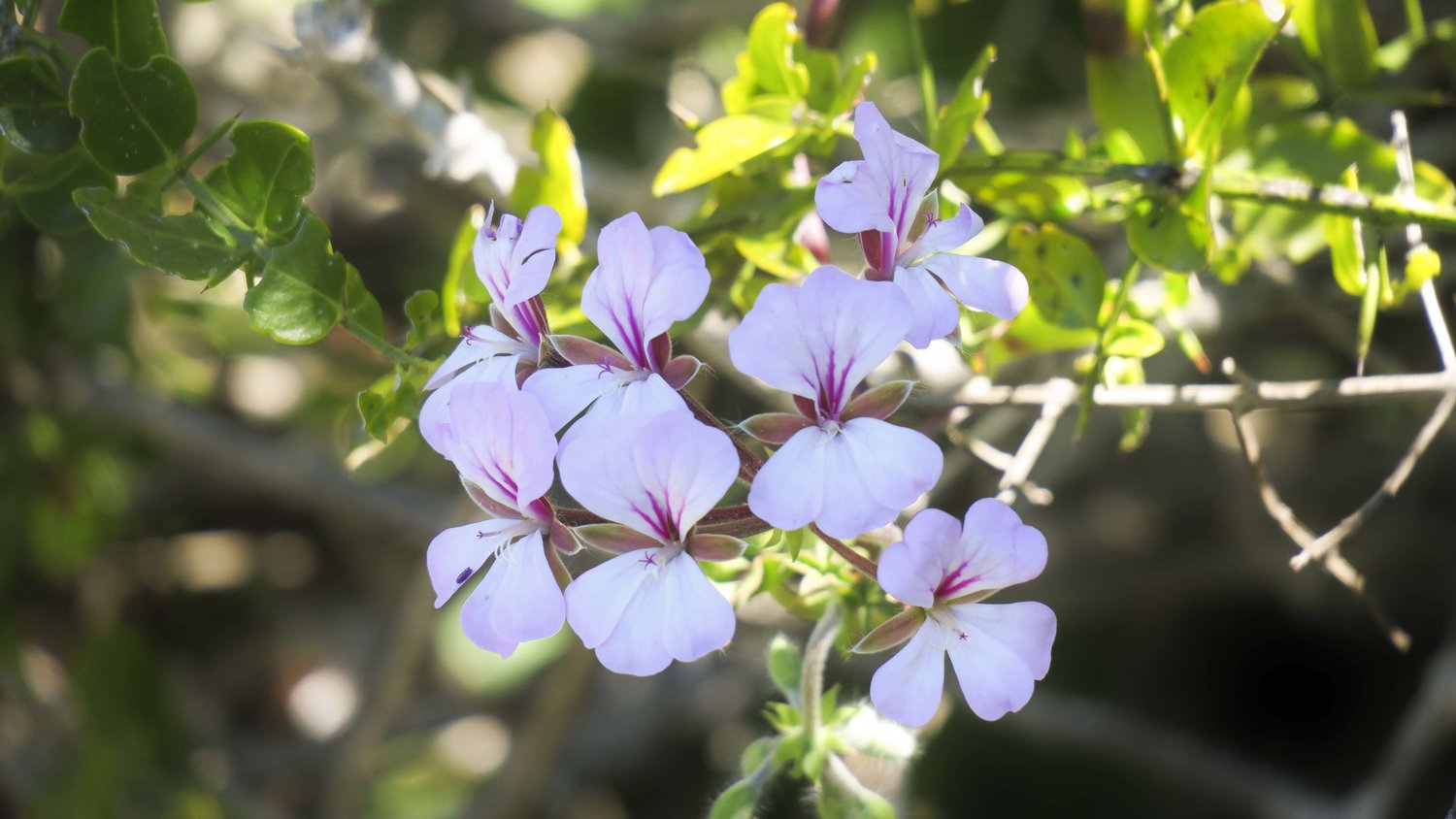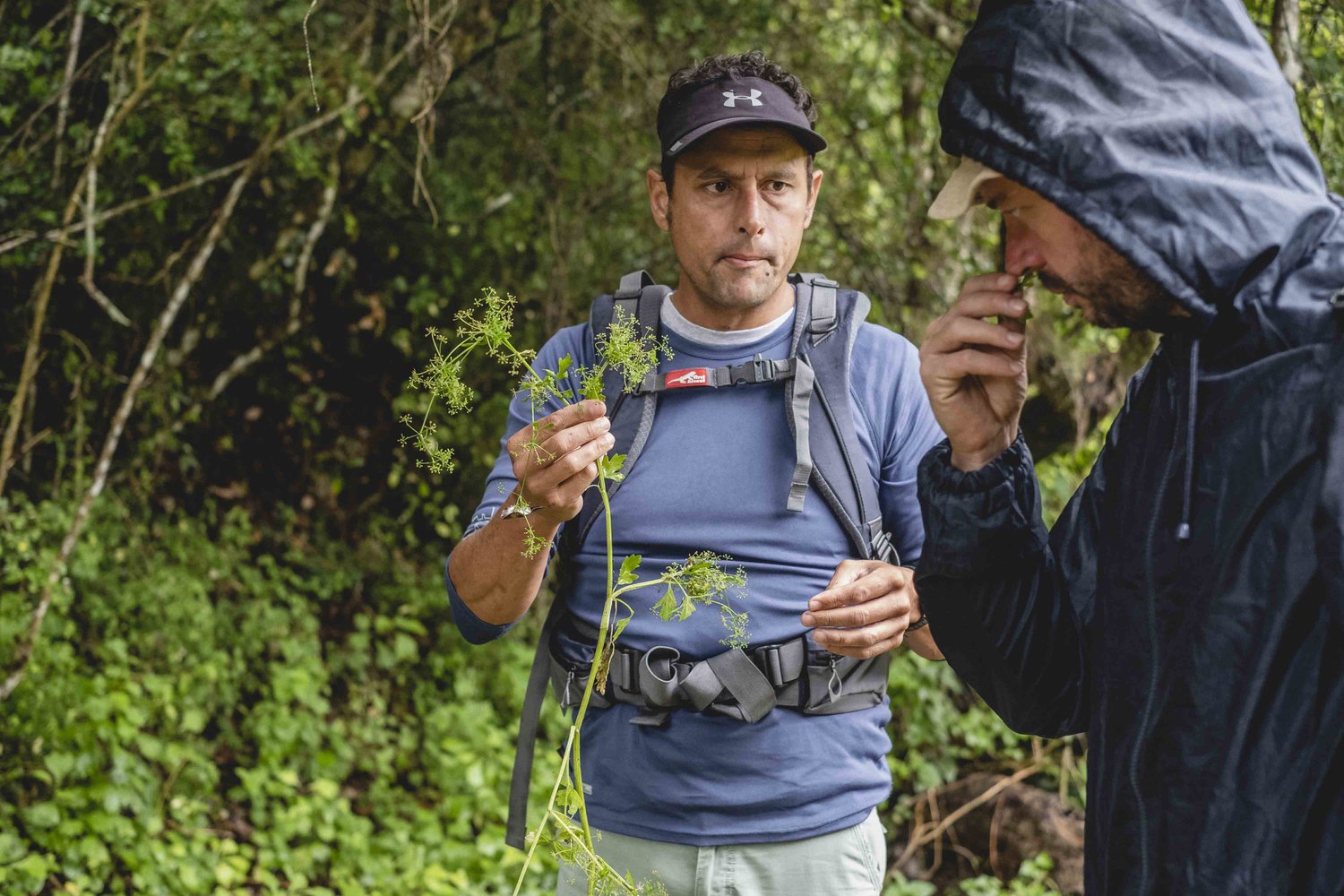The Nature Reserve plays a crucial role as an ecological corridor for different processes that link the coastal ecosystems with the terrestrial component inland. These ecological corridors are important as they permit the continuation of ecological processes such as species migration, dispersal, nutrient recycling, plant pollination and other natural functions required for ecosystem health. The coastal forest in this reserve also conserves critically endangered vegetation types and the Maitland coastline is an identified Important Bird Area. This region therefore represents one of the Bay’s most important natural treasures and a greater appreciation and understating of this region and its associated ecosystems can only serve to enhance its protection in future.
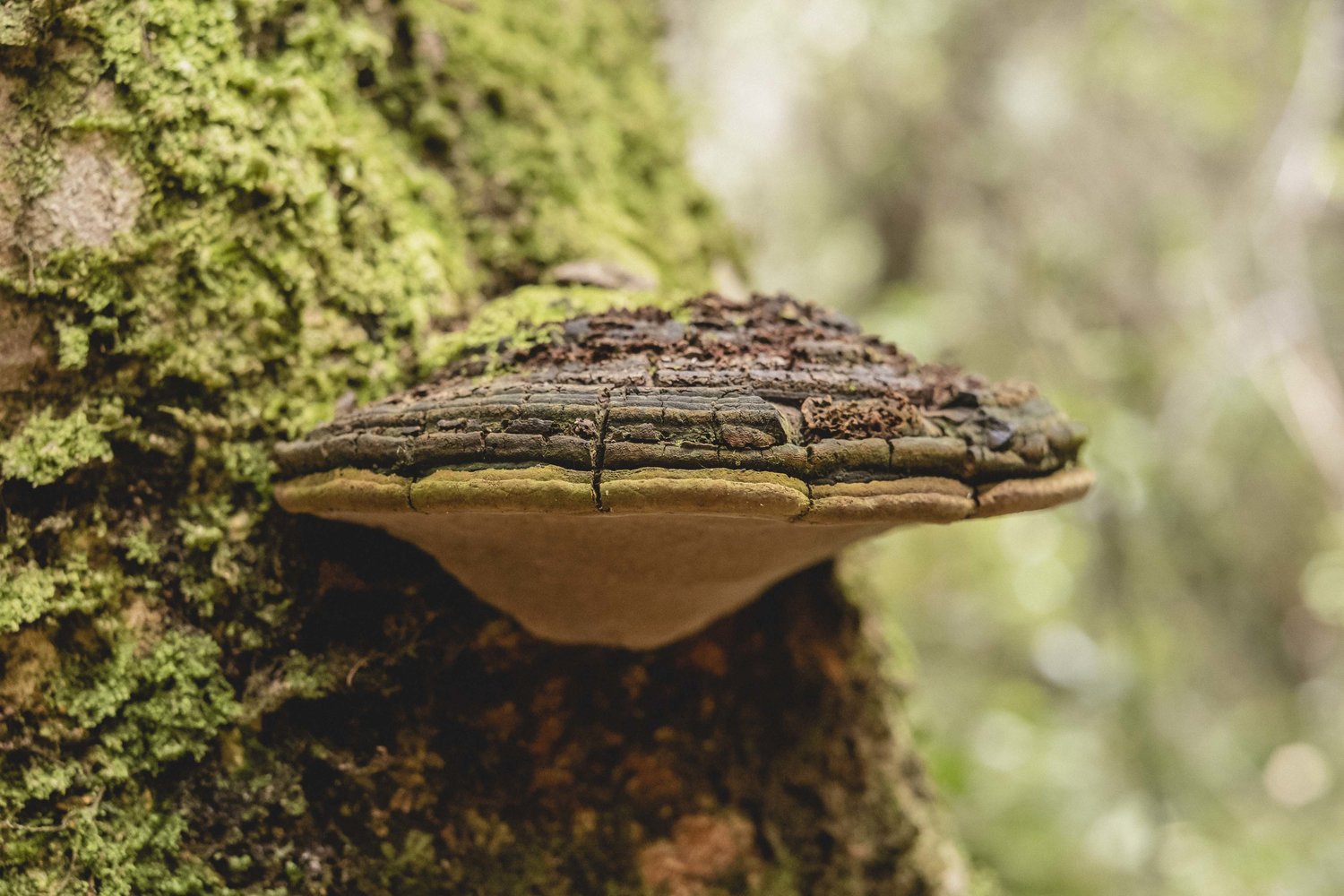
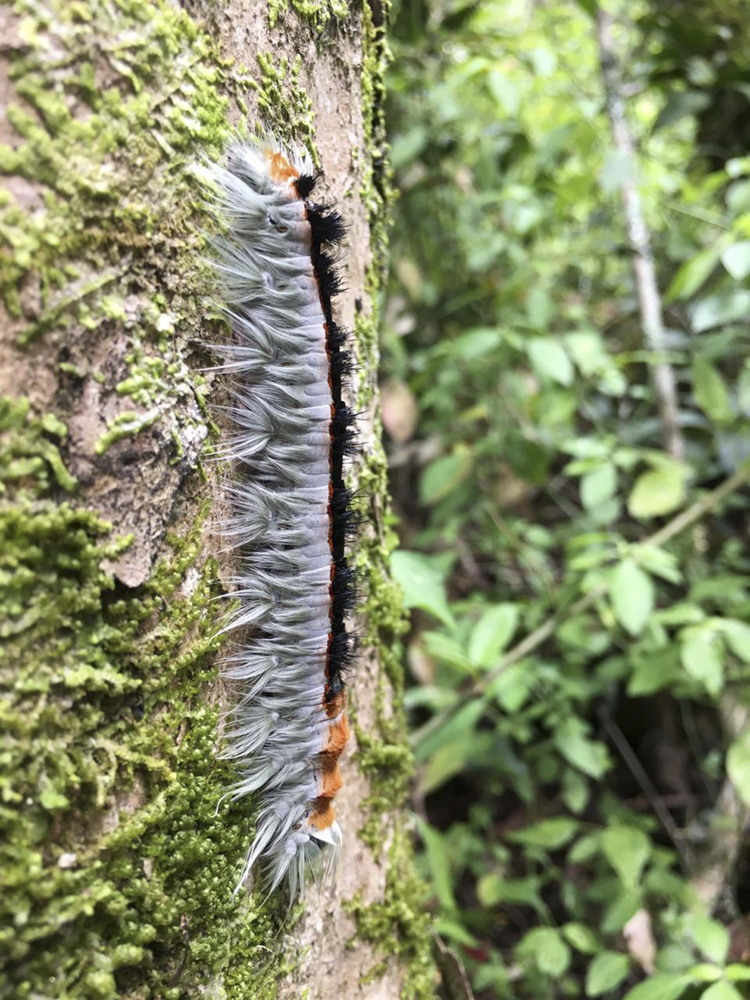
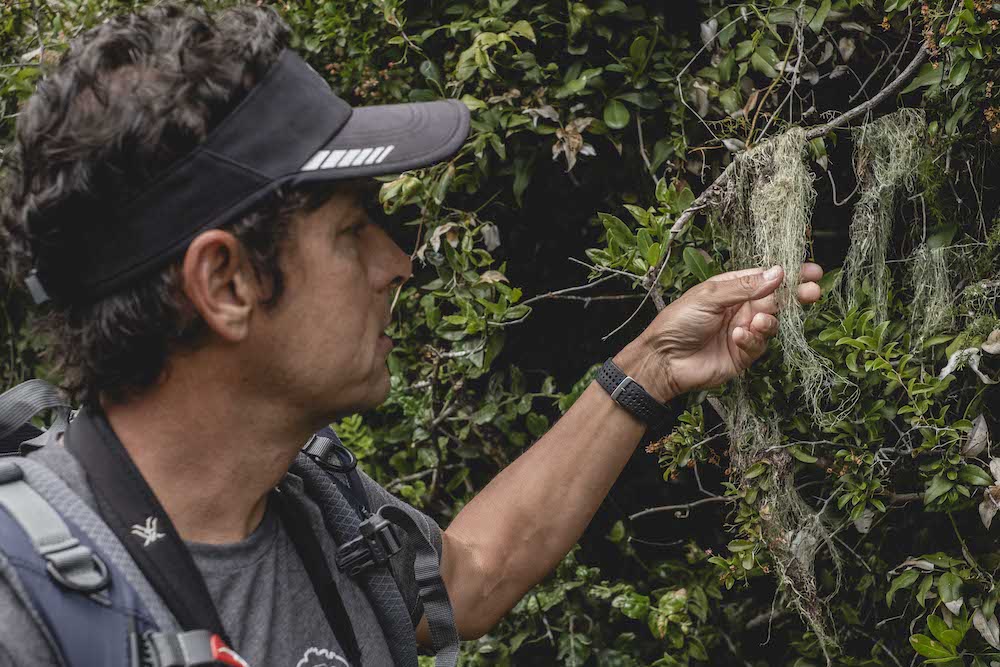
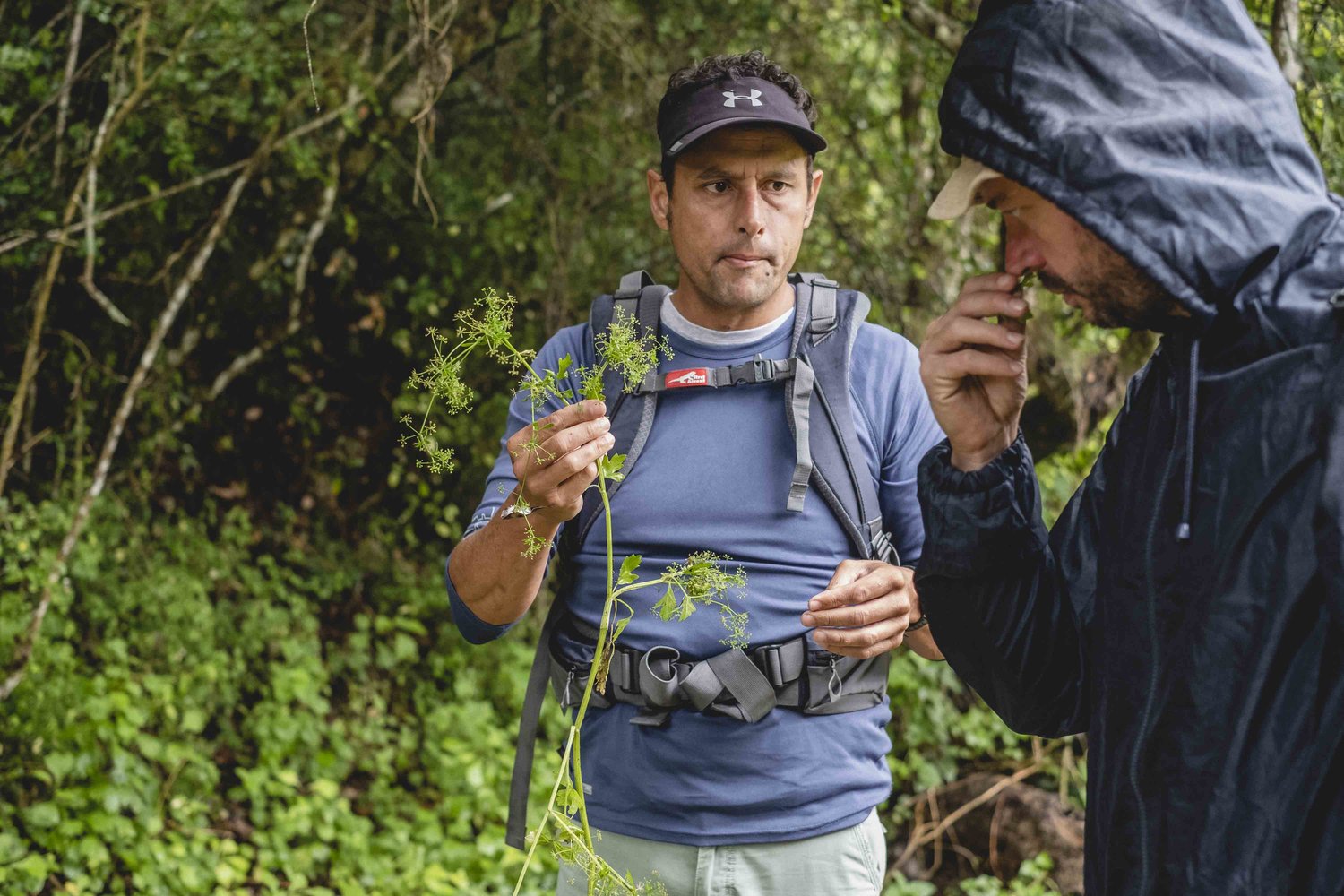
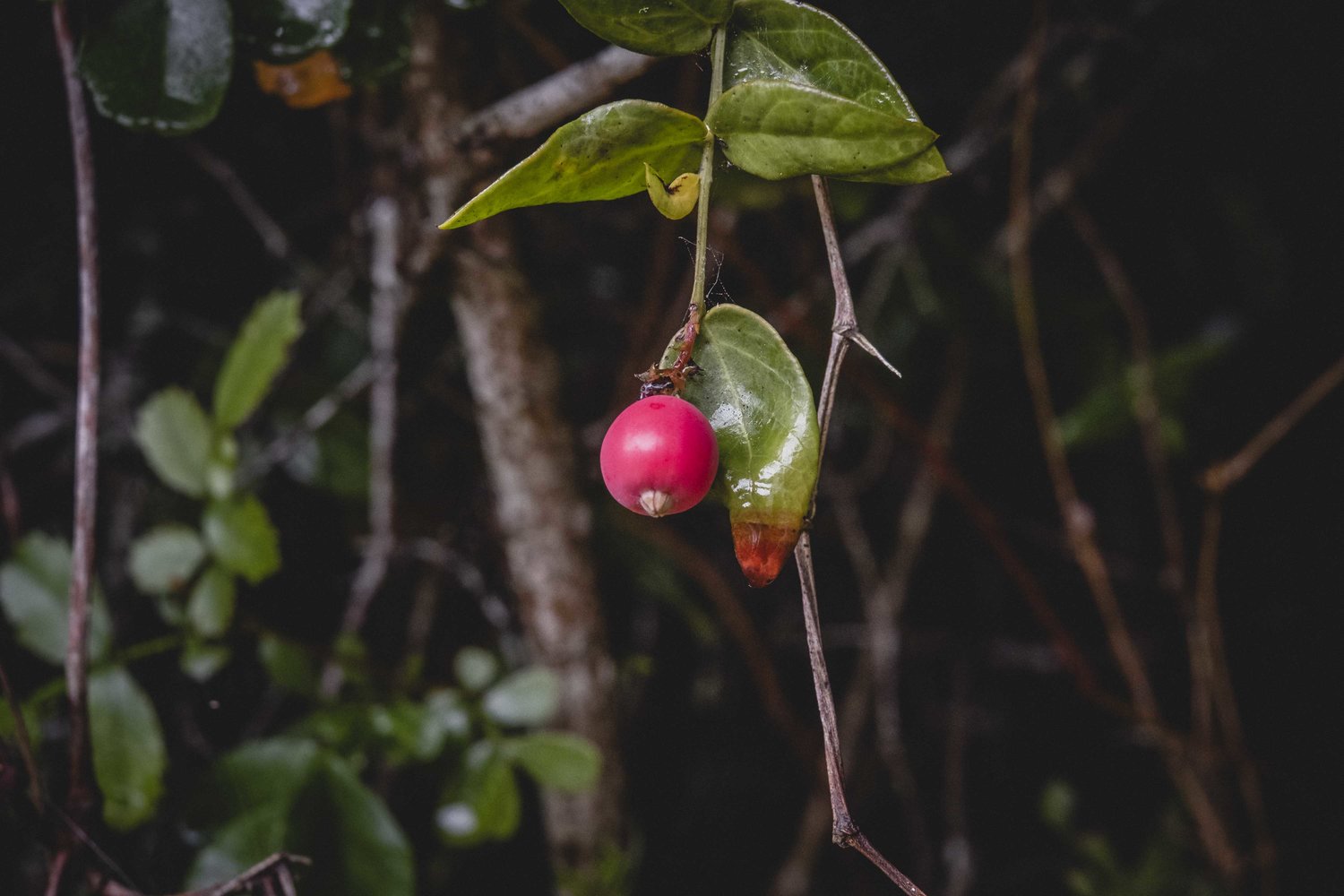
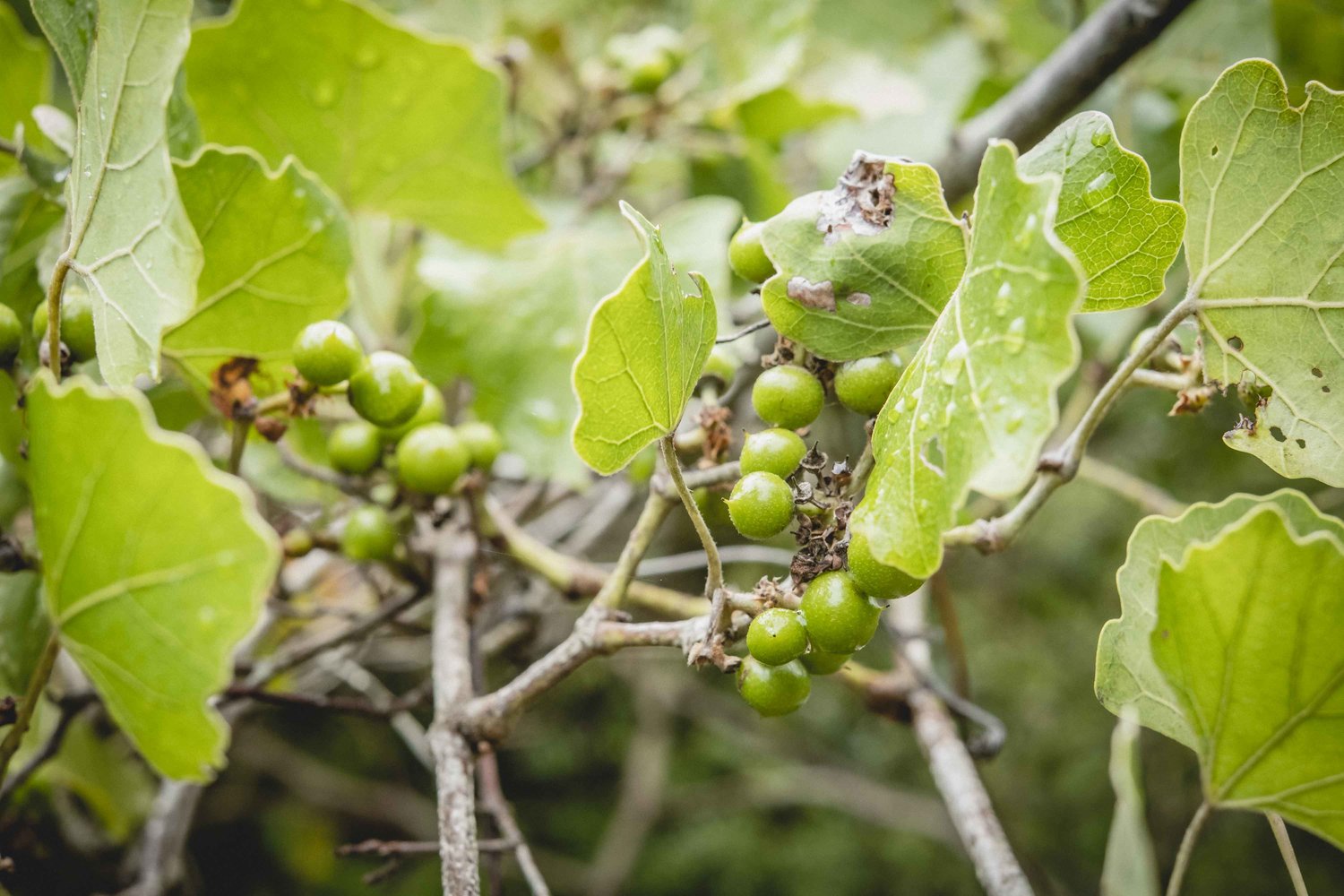
Sedges have edges, rushes are round, grasses are hollow, what have you found? This interesting rhyme is certainly relevant when one begins the hike at the Maitland Nature Reserve. The De Stades River is in close proximity to the trail and various species associated with marshy wetland habitat are encountered. The fluitjiesriet (Phragmites australis) is probably the most widespread plant in the world and is always associated with marshy and damp conditions. This tall member of the grass family (as well as members of the sedge and reed families), plays an important ecological role by protecting the soil from flooding, filtering water and even controlling soil erosion in places. These wetland species not only provide food and shelter, but also serve as nursery areas for varied bird, fish, frog, crab and other species associated with wetland habitat.
Some of them also have varied practical uses from weaving and thatching to having edible and nutritious underground storage organs and other plant parts. (Pic is of a member of the sedge family, Ficinia nodosus).
The blue bitter tea (Gymnanthemum myrianthum) is a member of the daisy family and can be seen sprawling on both sides of the wagon trail close to the trail’s starting point. This species is used in traditional medicine for weight loss management and hypertension. Studies have shown that the plant has anti-oxidant, anti-fungal and anti-bacterial properties and can therefore reduce the risk of varied infections should it be administered correctly. The plant has eye-catching mauve to white to deep purple flowers at the ends of its branches and is quite a beautiful sight in bloom.
The name myrianthum is from the Greek ‘murioi’, which means ‘many’ and anthemom, ‘a flower’, referring to the masses of flowers produced by the plant.
One of the many tree species found in this coastal forest is the kasuur or cheesewood (Pittosporum viridiflorum). The fragrant flowers which are normally evident from October to December are said to have a more pronounced smell in the early evening and hence the common Afrikaans name, kasuur or candle hour. It produces capsules which spilt open to reveal the seeds which are covered by an orange-red sticky coating and these are relished by various animals and birds. This species has been used in traditional medicine to ease pain and decoctions or infusions of the root and bark are widely used to treat abdominal complaints and fever. It is said to be an aphrodisiac when taken with beer.
This species is sometimes confused with the white milkwood (Sideroxylon inerme), but has leaves which occur towards the ends of the branchlets and does not have any milky latex present when a leaf is broken. It also has three tiny vein-bundles visible in the stalk of a picked leaf and a faintly resinous smell when crushed.

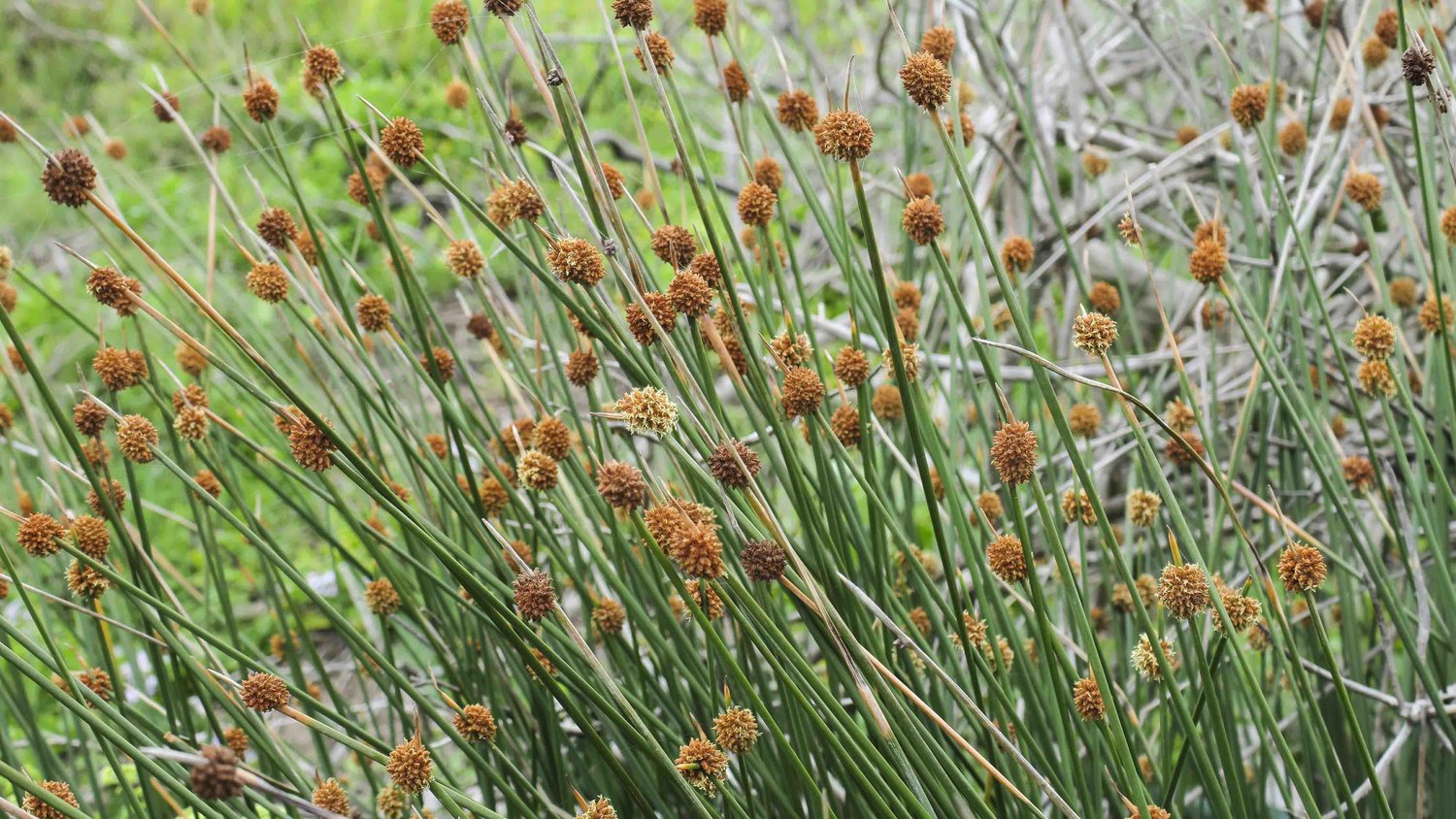
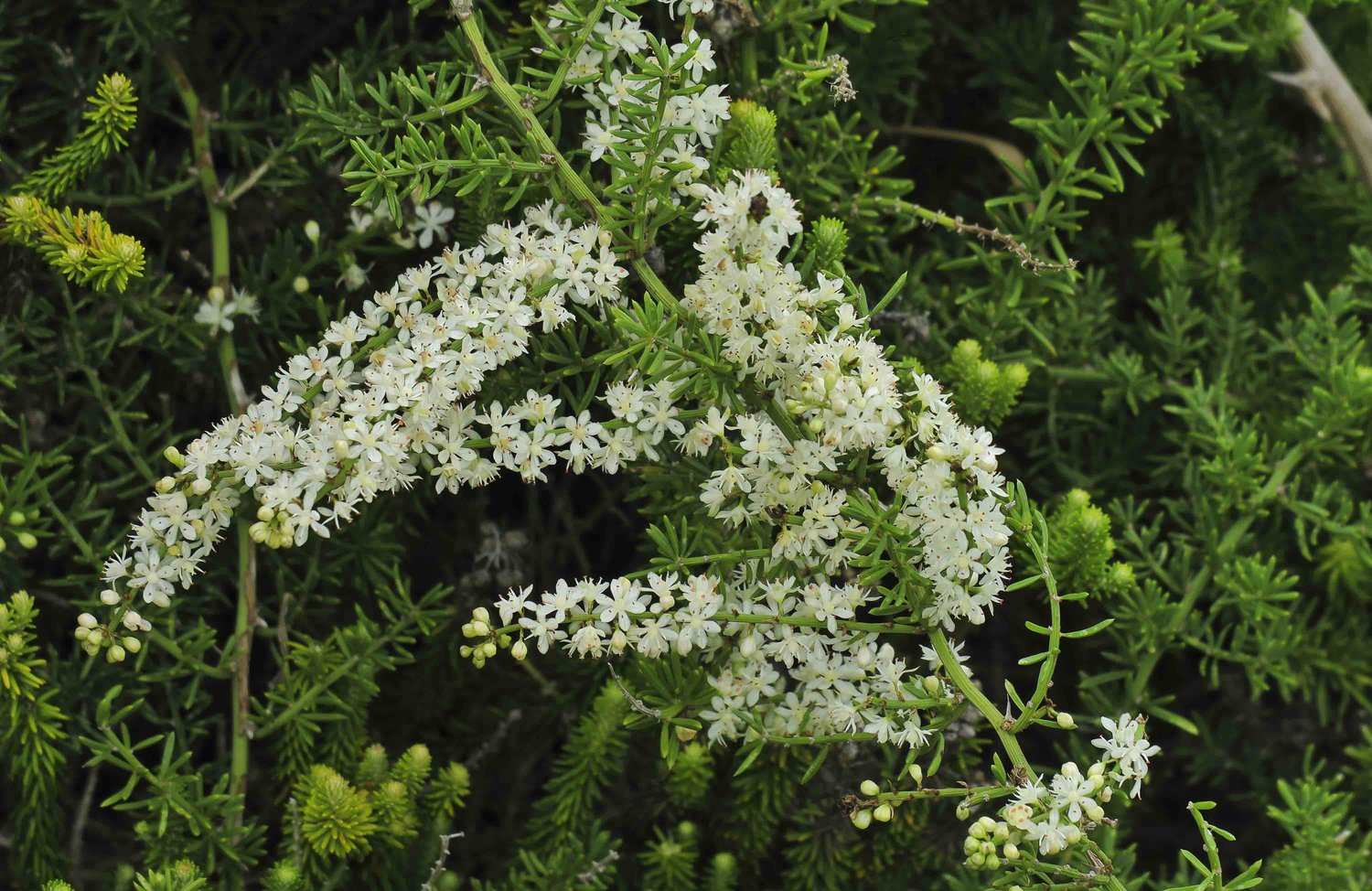
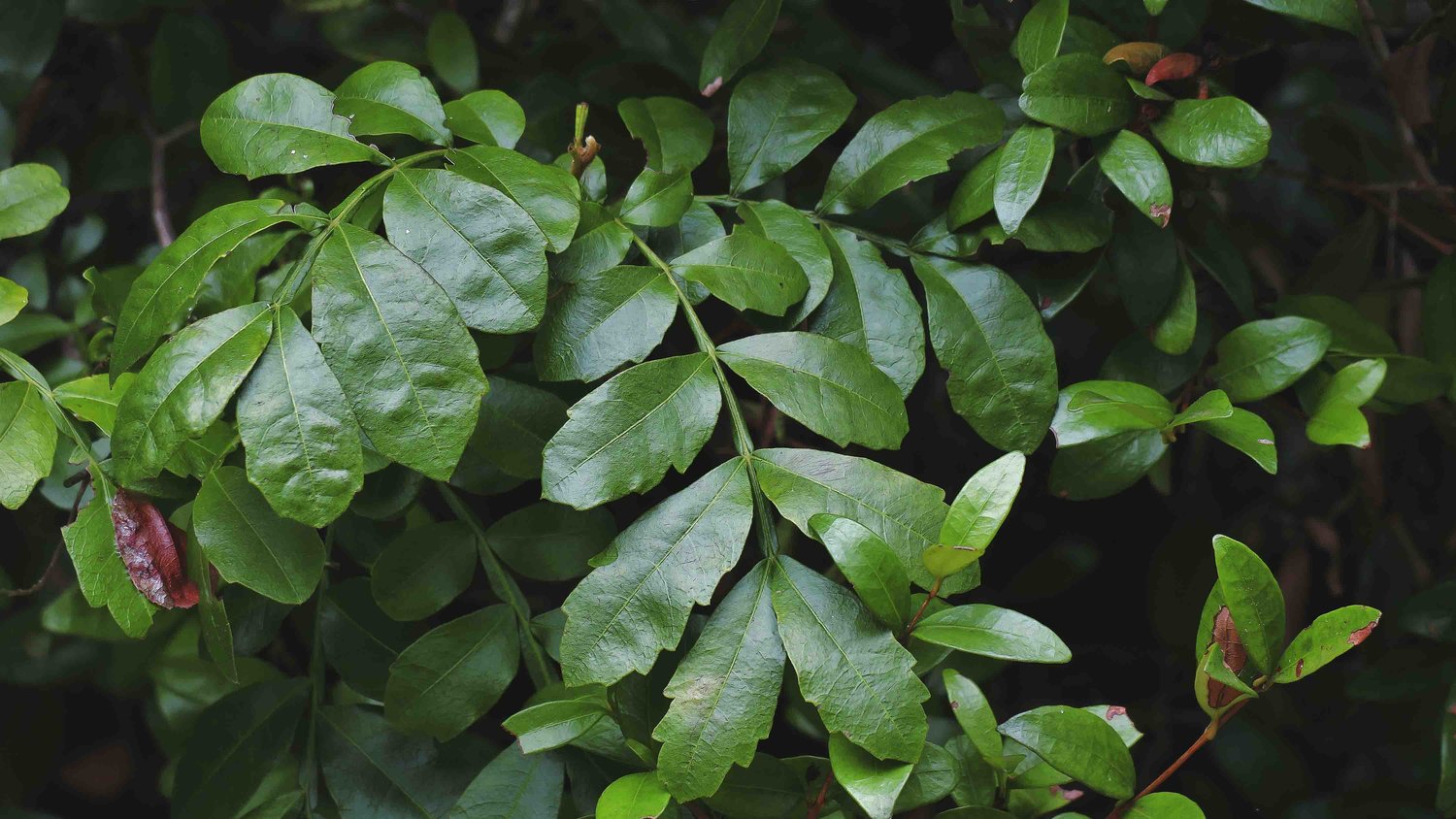
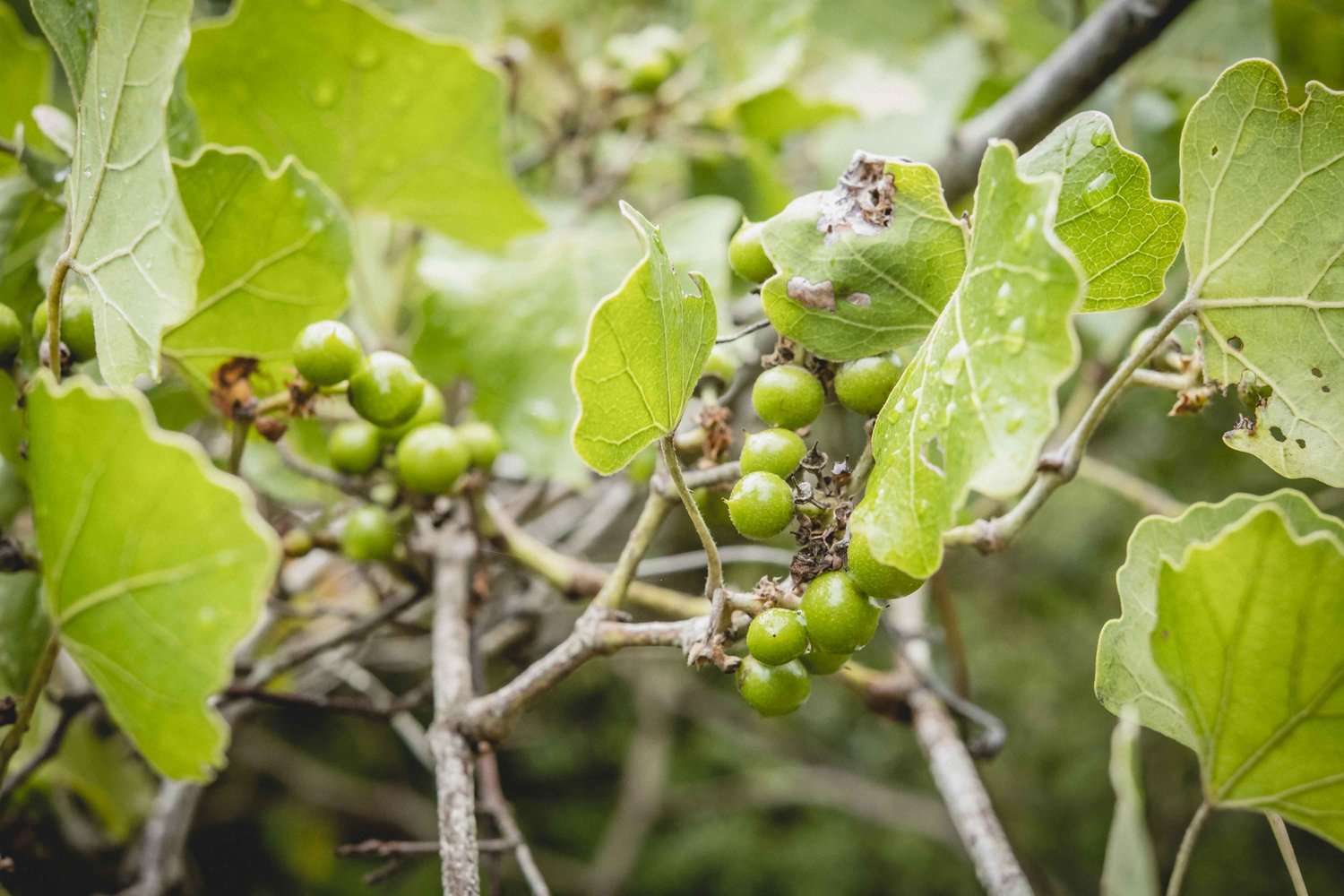
The forest grape (Rhoicissus tomentosa) is one of three Rhoicissus species occurring along this coastline and can be told apart from the other two by being the only one with simple or shallowly lobed leaves. It is also the only canopy climber among the three species and is able to reach the tops of 20m high trees. It bears roundish, fleshy berries which ripen to a purplish black colour from January to April. These berries are eaten by numerous insect, bird (Knysna turacos favour them) and mammal species. Silver Striped Hawkmoth caterpillars (Hippotion celerio) have been recorded eating the leaves of Rhoicissus tomentosaand R. tridentata.The underground tubers are eaten by bushpigs and porcupines even though they are reputedly toxic and are also used in traditional medicine.A briiliantly coloured and delicious jam or jelly can be made by boiling the fruits with plenty of sugar (7 grapes to 30 g of sugar). The branches can also be used as a rope for tying down thatch or for making baskets.
The false-horsewood (Hippobromus pauciflorus), is an evergreen shrub and sometimes small tree of only a few metres tall. It has distinctive pinnately compound leaves with leathery leaflets which have serrated margins. All parts of this tree have a strong aromatic scent when crushed which may be indicative of the leaves being poisonous to humans, although the plant is browsed by game. This species has varied medicinal and magical uses. A strong vapour is released when the leaves are crushed and this is inhaled to relieve headaches making this a simple form of smelling salts in the forest. This species is also one of the plants used during dream root ceremonies due to the saponins which it contains. When rubbing parts of this plant in water a froth is produced and this is used in divination rights and also as a soap substitute. Zulu people regard the root as a love charm.
It is estimated that around 8% of the earth’s surface are covered by lichens. They are evident along the entire hiking trail often hanging from tree branches or growing tightly against tree stems. Lichens are also known as bio-indicators or bio-monitors as they only grow in areas where the air is clean and has a high quality. Lichens are a symbiotic relationship between a fungus and an algae or fungus and cyanobacteria. The algae is capable of photosynthesis and therefore provides carbohydrates (food) while the fungi provides structural support. Many lichen species contain usnic acid which has a citrus like flavour and is used medicinally. This acid has anti-fungal and anti-bacterial properties and is used topically for various skin ailments and conditions such as athlete’s foot. It is also used internally for chest ailments such as coughs and bronchitis related. Detailed research into the potential therapeutic value of usnic acid as well as possibility of potentially adverse reactions mean that internal use is discouraged until more is known about the compound.
The name Pelargonium comesfrom the Greek word ‘pelargos’, for stork, due to the fact that their seedpods are similar to the bird’s beak.The distinctive shape of the seed pod of geranium plants is responsible for the name of the both the genus Geranium and the family Geraniaceae, from the Greek word ‘geranos’, a crane, as the seed pod resembles the head and beak of a crane. Several species of pelargonium have thick tubers or stems which are used as food and for medicine. Pelargonium species are grown for their essential oils and others in herb gardens not only for their attractive flowers and aromatic foliage but also for culinary use. Medicinal uses of certain species include tubers being used for dysentery and diarrhoea and leaves used for chest ailments, wound healing and stomach-ache. The sour-tasting sap of the ivy-leaved pelargonium (Pelargonium peltatum) is used traditionally to treat sore throats and the leaves can be pounded and used as an antiseptic for wounds and minor burns. The buds and young leaves can be eaten and are supposedly thirst quenching. The petals have been used to make an attractive and long-lasting greyish blue dye that can be used to dye wool or cloth and for painting.(Pic is Pelargonium peltatum)
